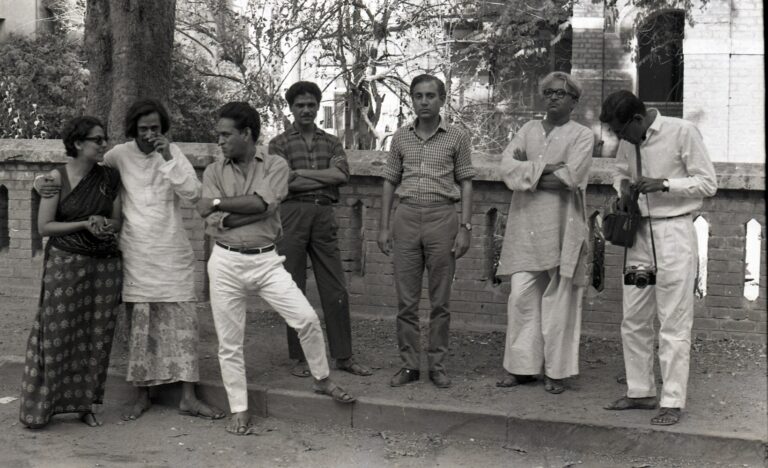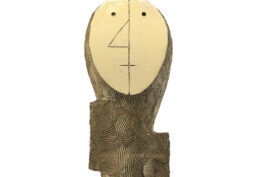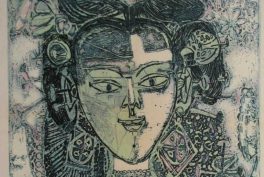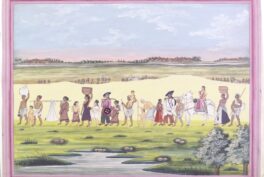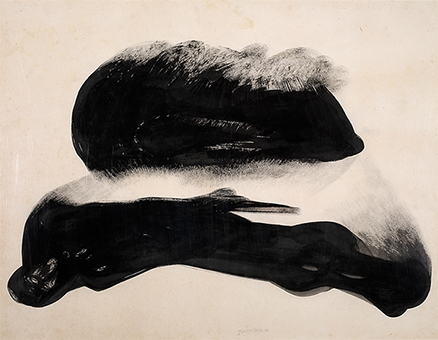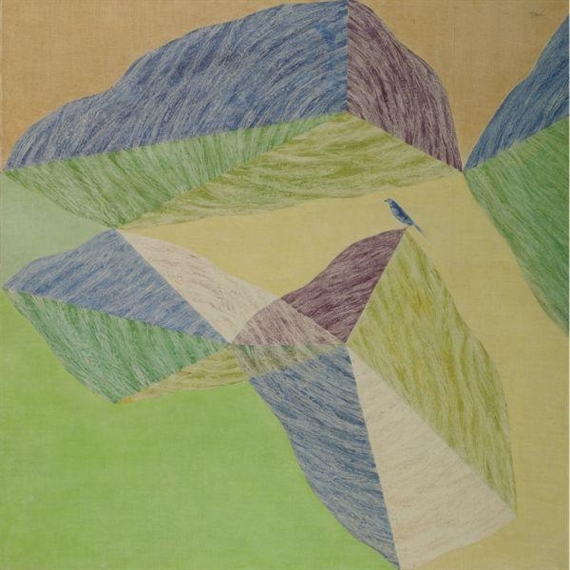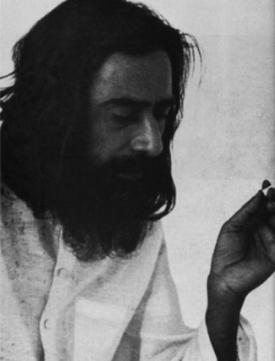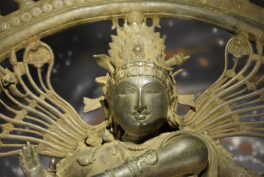How Had Group 1890 Formed?
Group 1890’s narrative was, although short, the critical ideology. Like other groups, it amended the immediate concerns in the art community. Long intending, 12 modern artists had come together at a friend’s residence in Bhavnagar, Gujarat, India, on the 25th-26th of August 1962. Interestingly, the group derived its name from block No. 1890, the host home where they finally established the cohort. The group contained artists J. Swaminathan, Gulammohammed Sheikh, Himmat Shah, Jeram Patel, Ambadas, Jyoti Bhatt, Raghav Kaneria, Reddappa Naidu, Rajesh Mehra, Eric Bowen, S. G. Nikam, and Balkrishna Patel. Being a highly motivated member, Swaminathan also edited and published a magazine named Contra, driven by activism and radical discourse.
Group 1890 Exhibition
After establishment, Group 1890 held its debut and, unfortunately, its last exhibition on the 17th of July, 1963. It was held at Lalit Kala Akademi, Rabindra Bhavan, in Delhi. The show exhibited 10 pieces of artwork from each artist. Jawaharlal Nehru, who served as the first prime minister of India post-partition, inaugurated the exhibition. The then Mexican ambassador and poet, Octavio Paz, was instrumental in mentoring the collective, building a concrete relation with Swaminathan. Although none of the artworks were sold, the critical appreciation had materialized a shift in the perspective towards Indian modern art. Notably, the collective never exhibited again. Individual artists, however, eventually paved a new road of Indian modernism, with some leaving the country. Apart from Jeram Patel, Swaminathan, Ambadas, Jyoti Bhatt, all other members receded into oblivion at the time. The scenario has changed, though, following the recent retrospectives of Himmat Shah and Patel.
